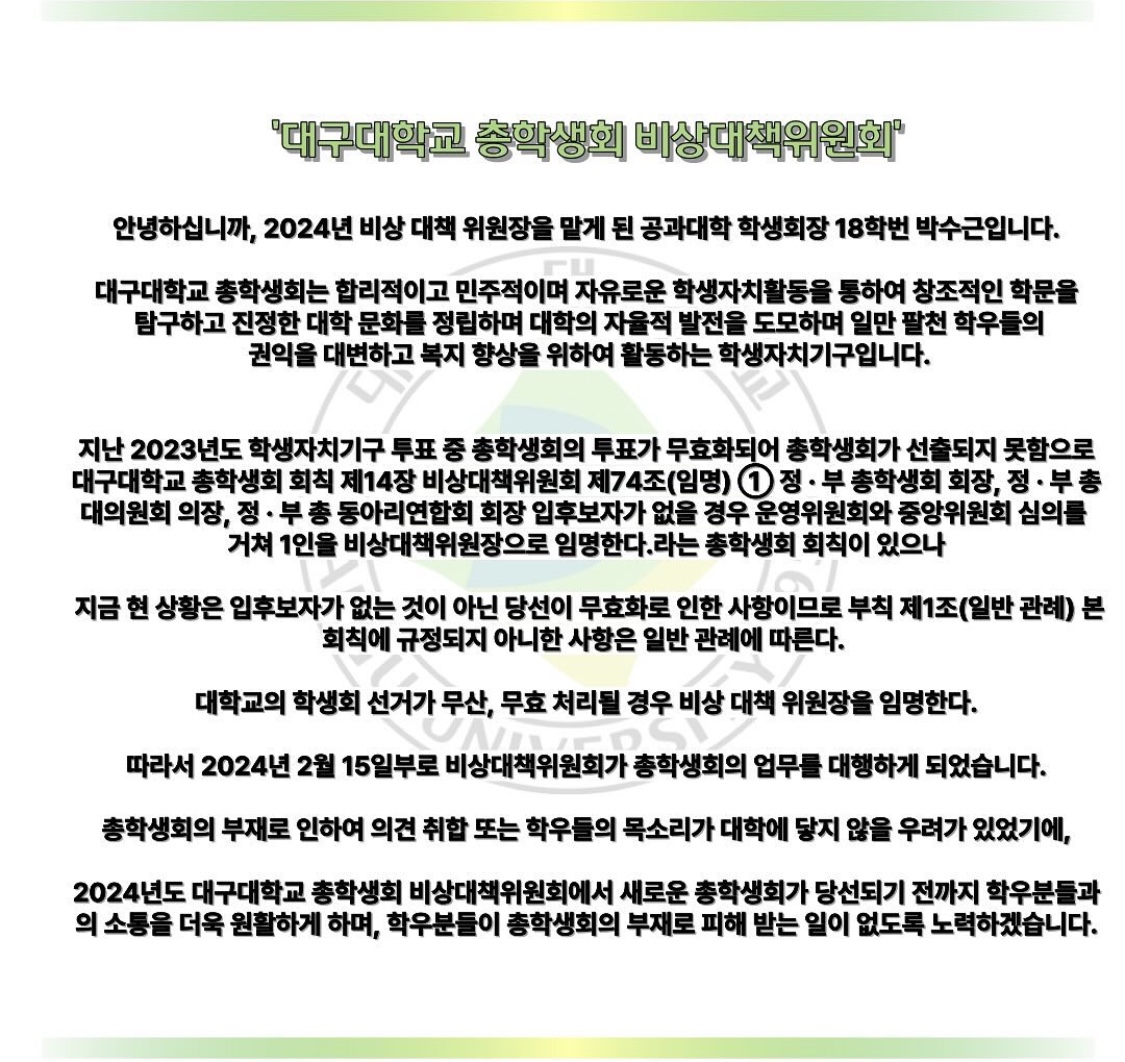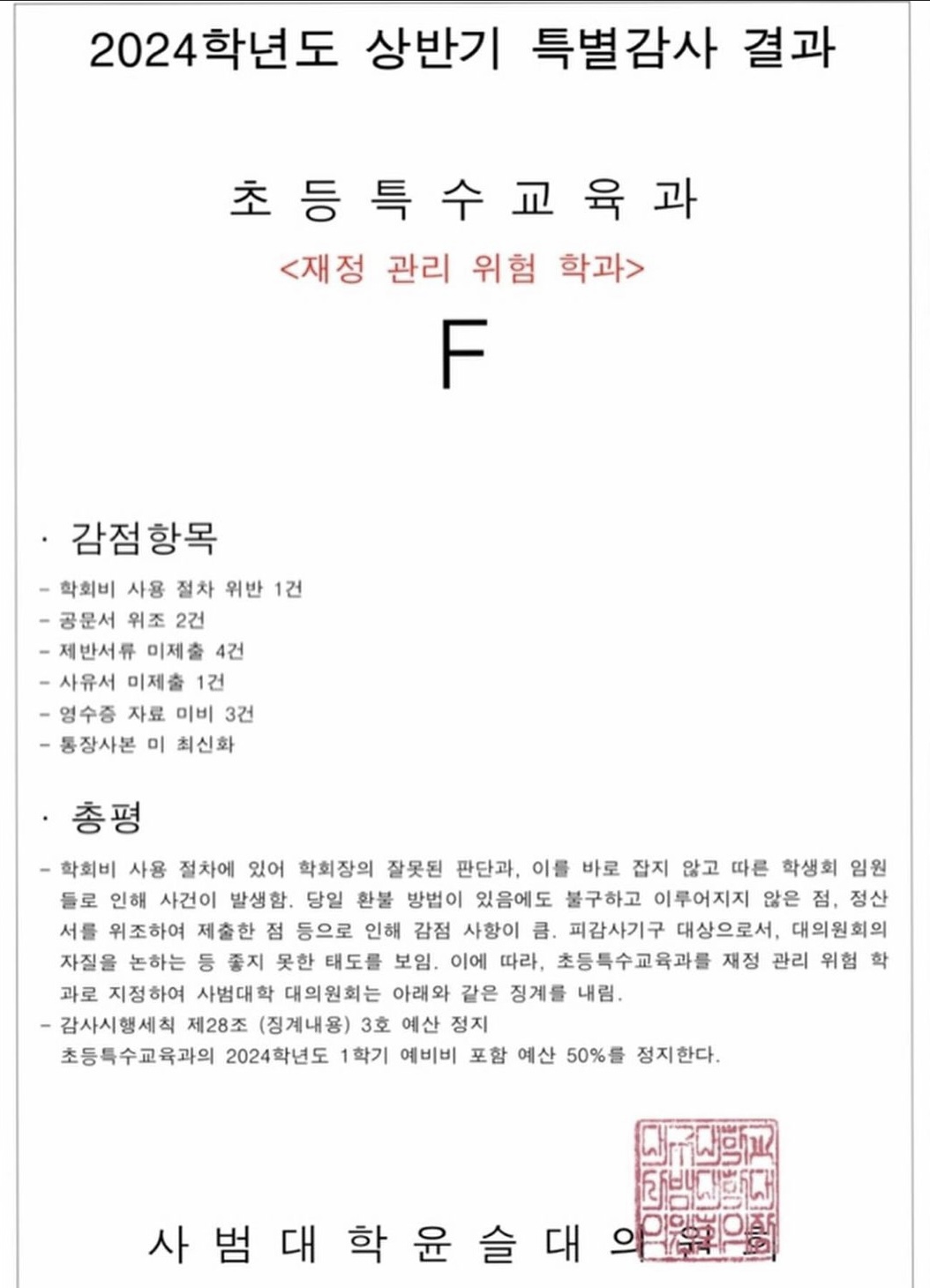What does come to your mind when you hear the word 'Philippines'? Maybe recreation areas such as 'Cebu' and 'Boracay', or perhaps a more underdeveloped country than Korea? About one month ago, the second image was larger in my mind.
I visited the Philippines for one month during the winter vacation. I lived in Baguio city. While there I did educational volunteering in Little Kalinga, and taught as a student teacher in Northridge Academy. When I had my practice teaching, I got a chance to observe the classes of the Philippines. As I observed classes on diverse subjects, I was very surprised. Do you wonder why?-It was because of the education system of the Philippines. Before I share the points that fascinated me, let's learn some basic knowledge about the Philippines.
In history, the Philippines was under Spanish and American rule for a long time. Its educational system was spontaneously influenced by their educational system. Since its independence, it has reformed its educational system in its own way. From 1945 to 2011, basic education took ten years to complete; six years of primary education and four years of high school education for children aged six up to fifteen. But international societies that implement a twelve year educational system did not recognize its ten year system. So since 2011 the Philippines introduced a 'K to 12 program'-one year of kindergarten, six years of primary education, four years of junior high school and two years of senior high school for children aged five up to seventeen.
Next, we are going to find out the differences between the educational systems of the Philippines and Korea. First, the fundamental time to complete education in one year is different. In the Philippines, it needs to be more than 220days. But in Korea, it must be more than 180days. Second, the school year is different. In the Philippines, it is different depending on the type of school. Public schools usually run from June to either March or April. Private schools usually run from August to May. In Korea, the school year runs from March to December regardless of school type. Lastly, school hours are different. Korean elementary school students study for 40minutes, middle school students study for 45minutes and high school students study for 50minutes. After every period, students have 10minutes for break time. In contrast, students in the Philippines start to study for 50minutes right from primary school. They also do not have a break time after every period. They have only 15minutes for snack times before they get their lunch time. Things like these situations are among many differences between the Filipino and Korean educational systems. It made me feel surprised, interested, and gave me a fresh mind.
Now I am going to tell you what made me so surprised. As I said previously, I thought Korea was more developed than the Philippines, and therefore the Korean educational system would be better than the Filipino system in every way as well. However, I came to realize that this was just a personal prejudice. Do you wonder how I could come to know this? I found out by seeing the students' participation in their class. I observed students who were in grades two, four, and six, and I taught students who were in grades four and six. Even more surprisingly, their participation was higher as students advanced through school. In Korea, we can not find these situations. I could observe that teachers did not restrict the students' participation. The teachers always respected their questions, even questions that were not necessary in that class. If the teachers asked questions to students and the students got wrong answers, the teachers praised their attempts and the students did not feel ashamed of that situation. Since the teachers respected their students, the students also respected their teachers. Before the classes started and finished, all students stood up and greeted their teachers. When the students did presentations, asked questions, or answered the teachers' questions, they always stood up on their seats and spoke their opinions.
From these observations, I could see ways for the Korean educational direction to improve. Nowadays, a lot of accidents in Korea are caused by students paying no regard to teachers. To help solve this, we can educate the students about their attitude toward teachers not only theoretically but also behaviorally like the Philippines. We need to make the students show respectful manners toward teachers by educating them from when they are young. By doing this, the students can form a respectful attitude naturally. Teachers in Korea also have to create classes that are activity centered, as opposed to theory centered. This means we should not make the classes led only by teachers lecturing the students. We should make learner-centered classes. If we create these, the students' participation in the class will be higher than now, and they'll become more interested in their class. By applying these things in the Korean educational system, I hope our education can become more developed and create more positive effects to both students and teachers.
L.L.F reporter Hye-Rim Lee
이혜림 akshshsh3@naver.com

 작년 총학생회 선거 무효화에 비대위 출범
작년 총학생회 선거 무효화에 비대위 출범

![[4∙10 총선] “TK지역 역대급으로 조용한 선거”](/news/photo/202404/6631_5793_2439.jpg)




